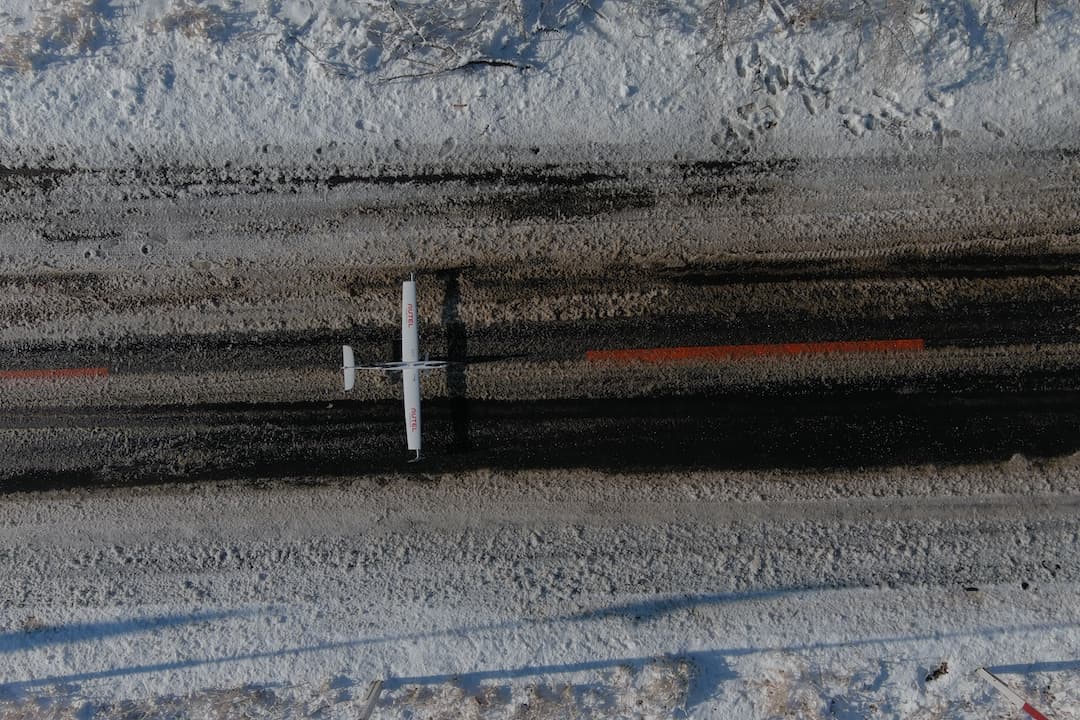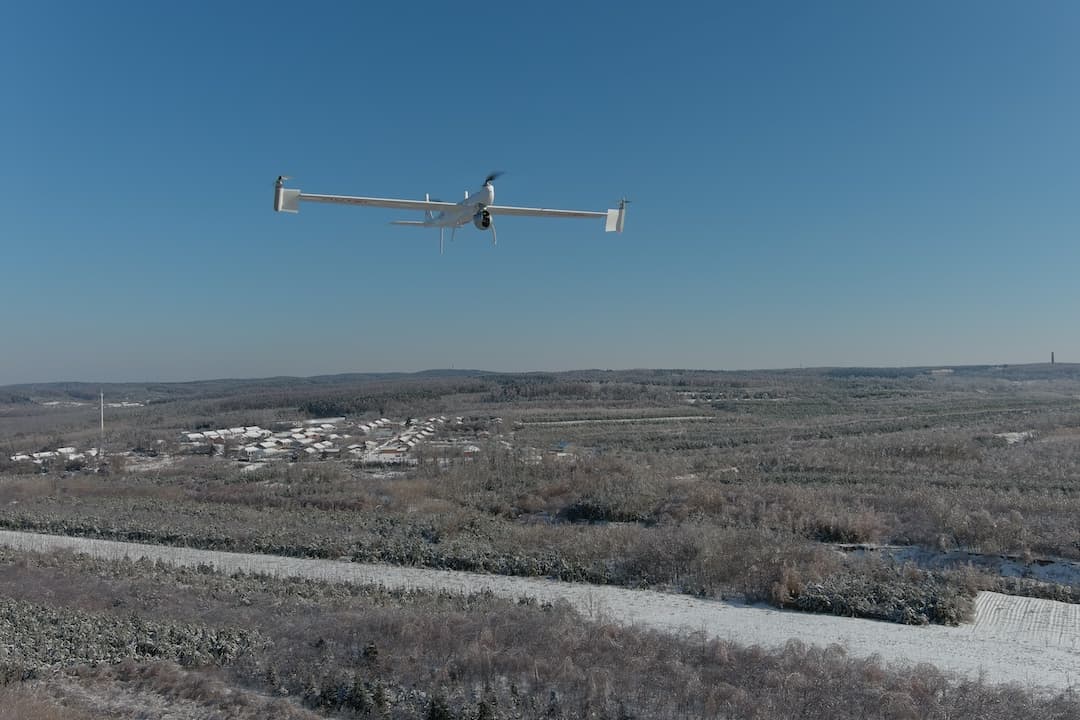Published April 03, 2023
The Benefits and Challenges of Implementing Drones in Surveillance
Surveillance drones have benefits like increased safety and efficiency, but also raise concerns about privacy and cost.

Drones, or unmanned aerial vehicles (UAVs), have gained increasing popularity in recent years as a tool for surveillance. Their ability to access remote or hard-to-reach locations, capture high-quality images and videos, and provide real-time monitoring has made them attractive to various industries, including law enforcement, military, and private security. However, the implementation of drones in surveillance is not without its challenges. In this article, we will discuss the benefits and challenges of implementing drones in surveillance.
Benefits of Implementing Drones in Surveillance
Efficiency
Drones can cover large areas quickly and efficiently, reducing the time it takes to locate a person in distress.
Enhanced Surveillance Capabilities
One of the most significant benefits of using drones for surveillance is their enhanced capabilities. Unlike traditional surveillance methods, such as cameras or human patrols, drones can access remote or hard-to-reach areas, providing a better view of the area being monitored. They can also capture high-quality images and videos, providing greater detail and accuracy, and they can do so in real-time, allowing for more effective and efficient monitoring.
Increased Efficiency
Drones can cover a much larger area than human patrols, making surveillance more efficient. This means that fewer personnel are required to cover the same area, reducing labor costs and increasing the effectiveness of surveillance.
Cost-Effective
Using drones for surveillance can be more cost-effective than traditional surveillance methods. The initial cost of purchasing a drone and the required equipment is often lower than the cost of deploying and maintaining a human patrol or installing and maintaining cameras.
Improved Safety
Drones can be used in dangerous or hazardous areas, reducing the risk to human personnel. This includes monitoring disasters or accidents, where it may be unsafe for humans to access the area.
Rapid Response Times
Drones can be deployed quickly, providing rapid response times to incidents or emergencies. This can be especially useful in law enforcement and military operations.


Challenges of Implementing Drones in Surveillance
Privacy Concerns
One of the biggest challenges of using drones for surveillance is the potential invasion of privacy. Drones can capture images and videos of individuals without their consent, raising concerns about civil liberties and personal privacy.
Technical Limitations
Drones have certain technical limitations that can affect their effectiveness. For example, weather conditions can affect their ability to fly, and signal interference can disrupt their communication systems. Drones also have limited battery life, which can restrict their monitoring capabilities.
Legal and Regulatory Issues
The use of drones for surveillance is subject to legal and regulatory restrictions. The laws and regulations governing the use of drones vary by country and can be complex and confusing. Failure to comply with these regulations can result in legal penalties and fines.

Conclusion
The benefits of using drones for surveillance are numerous, including enhanced surveillance capabilities, increased efficiency, cost-effectiveness, improved safety, and rapid response times. However, there are also significant challenges associated with their implementation, including privacy concerns, technical limitations, legal and regulatory issues, security risks, and ethical considerations. As such, the implementation of drones in surveillance requires careful consideration of these benefits and challenges, as well as adherence to legal and ethical standards to ensure their safe and responsible use.